
10 of the Most Common Aboriginal Art Symbols Bluethumb Art Gallery
Rock art, bark paintings, and body art have all been integral forms of expression, with dot painting emerging as a distinctive and recognisable style. While dot motifs can be seen in ancient Aboriginal artworks, the contemporary style of dot painting that we recognise today began to gain prominence in the late 20th century, particularly from the 1970s onwards in the Central and Western Desert.
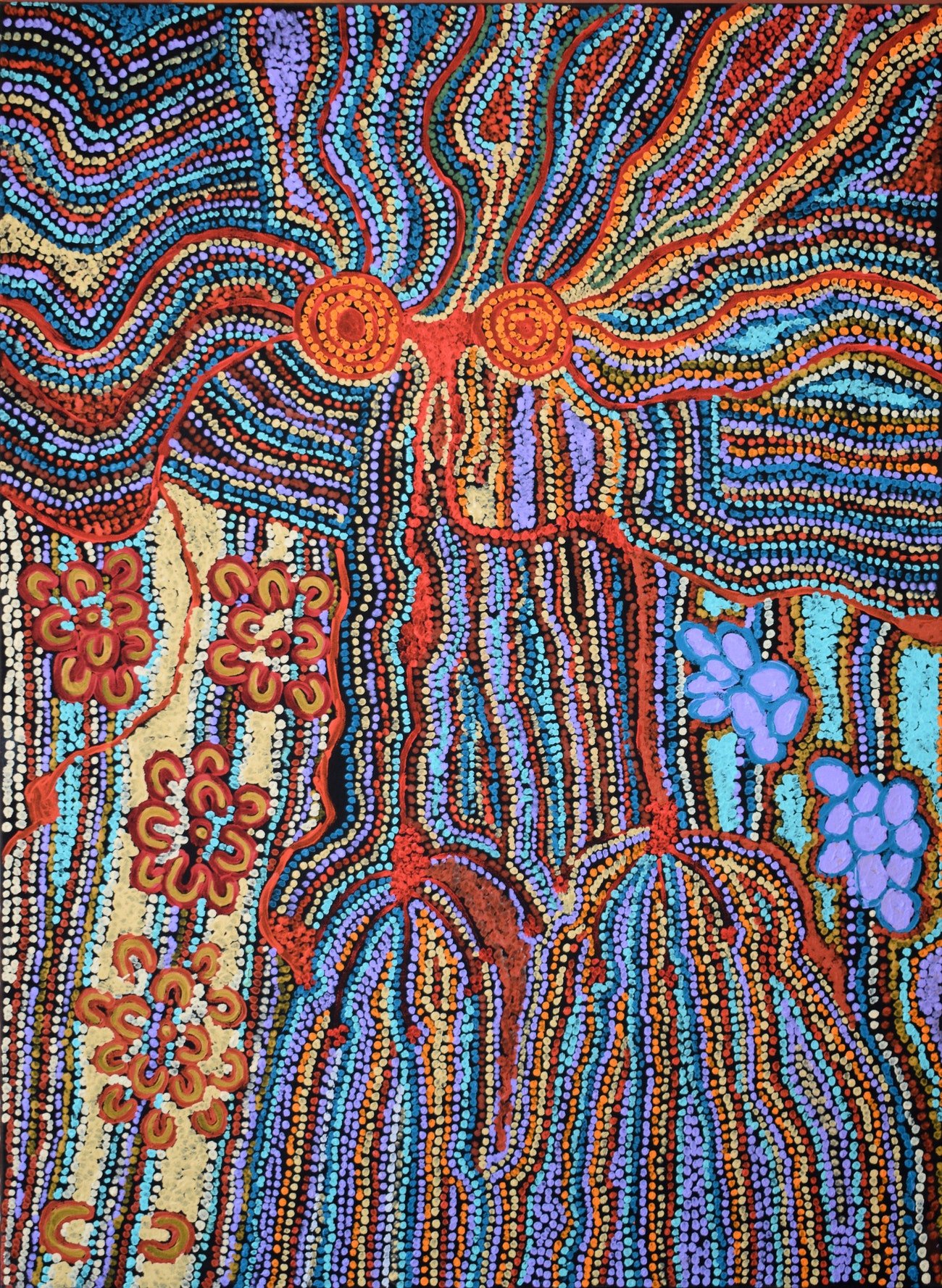
10 of the Most Common Aboriginal Art Symbols Bluethumb Art Gallery
Examples of some of the many symbols of Australian aboriginal art. (drutska / Adobe Stock) Symbolism in Aboriginal Art. Symbolism in Aboriginal Art is a primary focus. Much of these symbols are used to tell stories for children, elders, and even newcomers. Hence in this art form, you will find that symbols are put together to tell a.
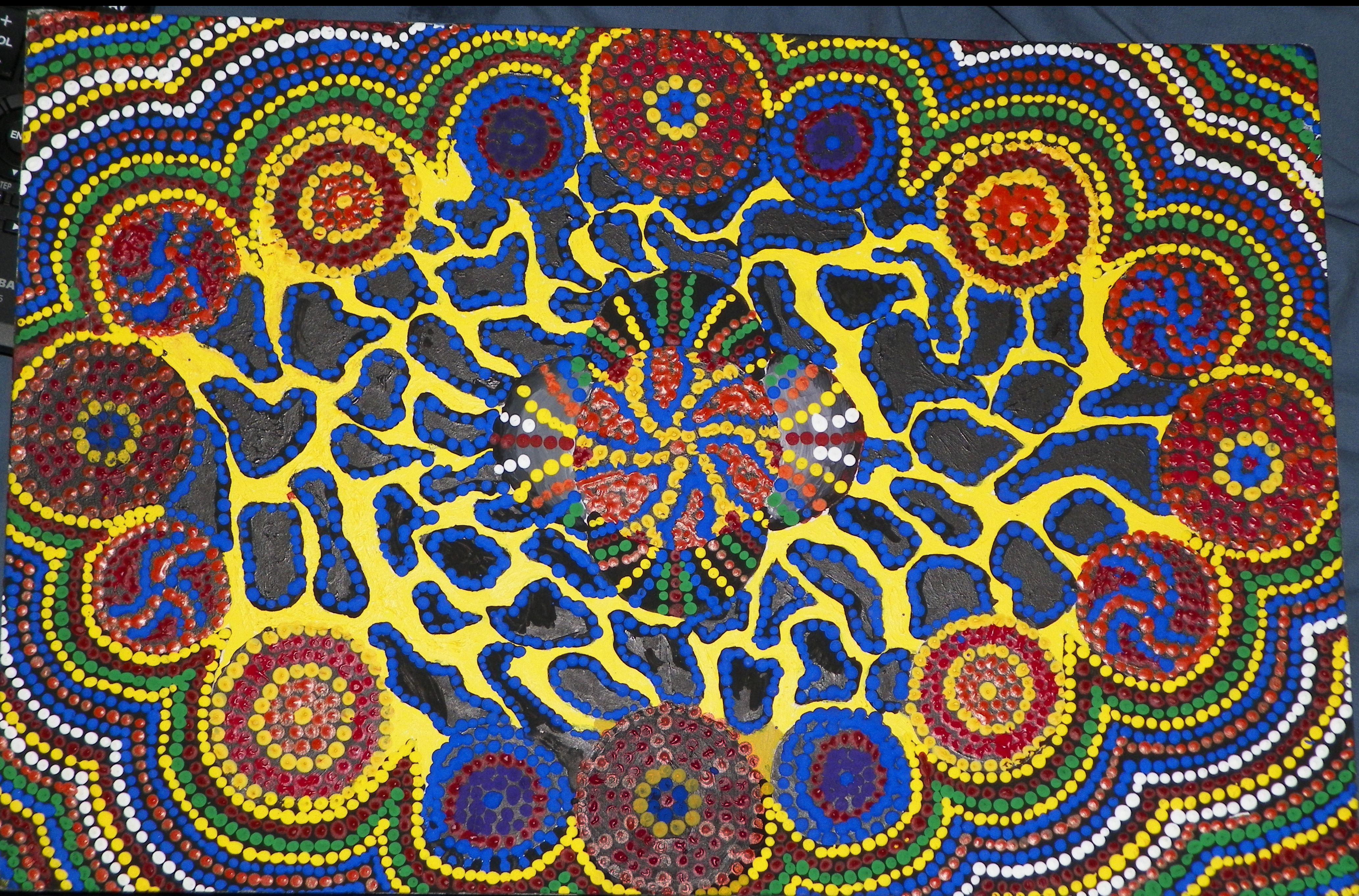
Aboriginal Art Wallpapers Wallpaper Cave
The curved U shape is a widely used icon in Aboriginal art and symbolises a person. It represents the shape that is left on the sand when a person sits cross legged. The marks that are placed either side of the human symbol can define whether it represents a male or female.
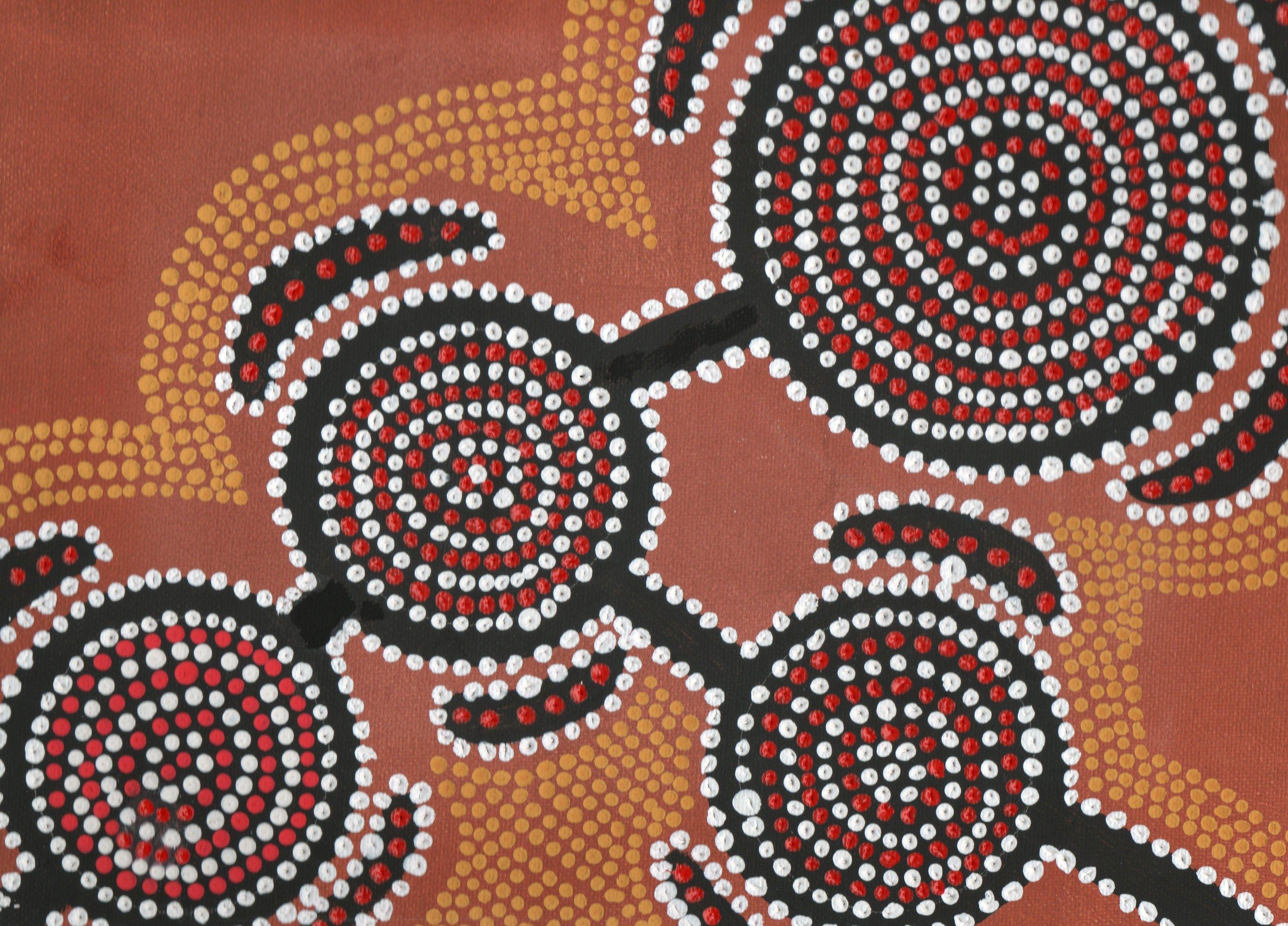
Aboriginal Art Wallpapers Wallpaper Cave
Artlandish Gallery Has 700+ Beautiful Artworks To View Online Now! 700 Five Star Reviews! Stunning Authentic Artworks! 100% Money Back Guarantee + Free Shipping. Huge Range To View
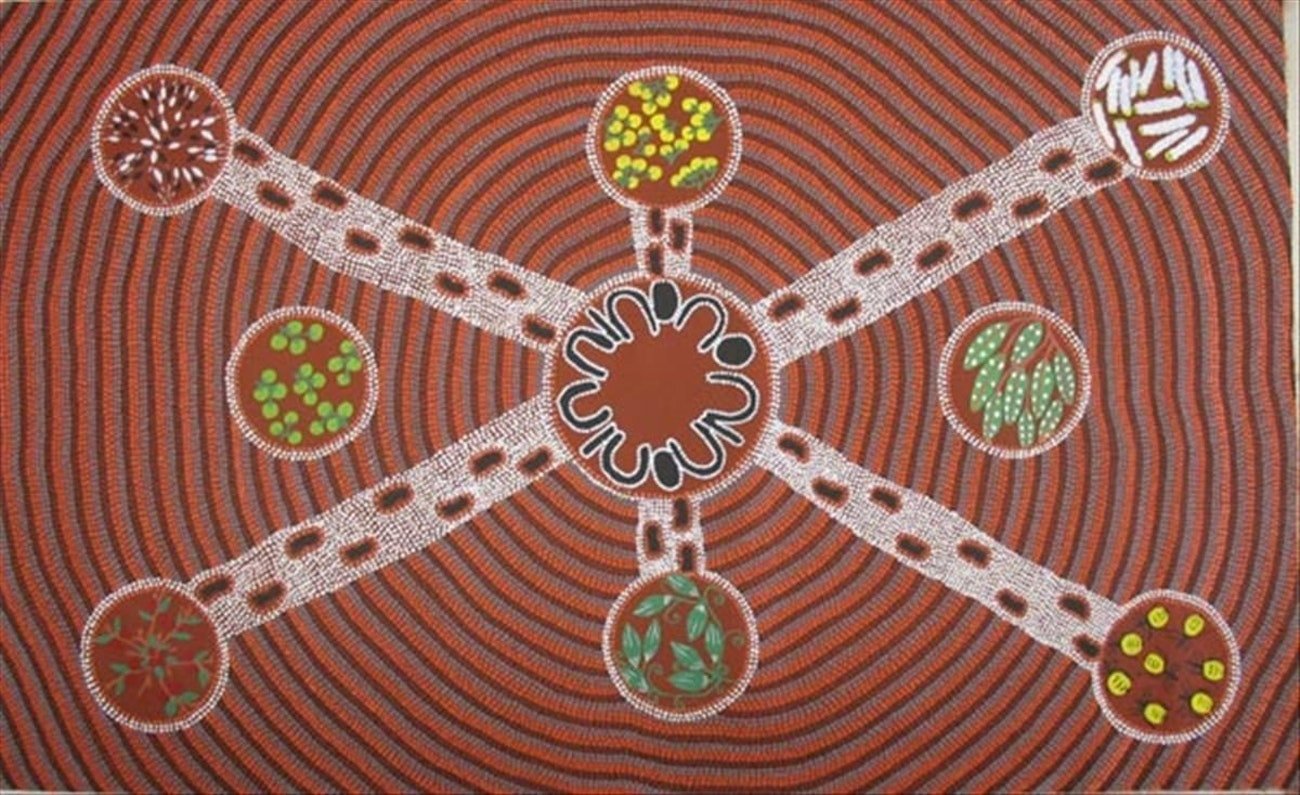
10 of the Most Common Aboriginal Art Symbols Bluethumb Art Gallery
As a fundamental element of creation beliefs held by Aboriginal people, and a symbol of strength, creativity and continuity, the snake features heavily in Aborignal artwork. A rainbow snake, source: Doongal Aboriginal Art. Another animal of significance is the turtle. In Aboriginal art, the turtle signifies the Warabah, an emblem of protection.
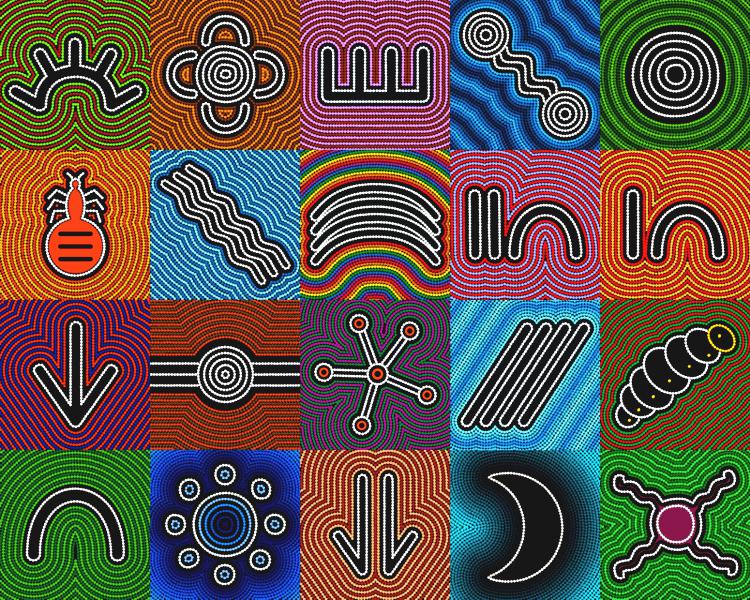
Aboriginal Art Symbols
Aboriginal Art Symbols #1: The People Think about the shape you create when you sit cross-legged on the ground. This mark on the earth, a U shape, has come to represent a human in Aboriginal art. Whether the subject is male or female can be determined by the utensils and tools beside the U shape.

Indigenous art is centered on story telling. It is used as a chronical to convey knowledge of the land, events and beliefs of the Aboriginal people. The use of symbols is an alternate way to writing down stories of cultural significance, teaching survival and use of the land. The interpretations of the iconography differ depending on the audience.

8 MustVisit Aboriginal Art Galleries In Sydney
A possum or other small marsupial leaves an E shape - a line with four marks coming out from the claw marks. Many of the symbols used in the Central Desert developed through sand painting, where stories and Dreamtime legends were marked out on the sand as a means of teaching each new generation.

Broadford Year 1/2 Aboriginal Art in Year 2
Traditional aboriginal dot paintings represent a story, generally regarding hunting or food gathering and usually have traditional aboriginal symbols imbedded throughout the painting. These symbols, when explained, give a completely whole new meaning to the painting.
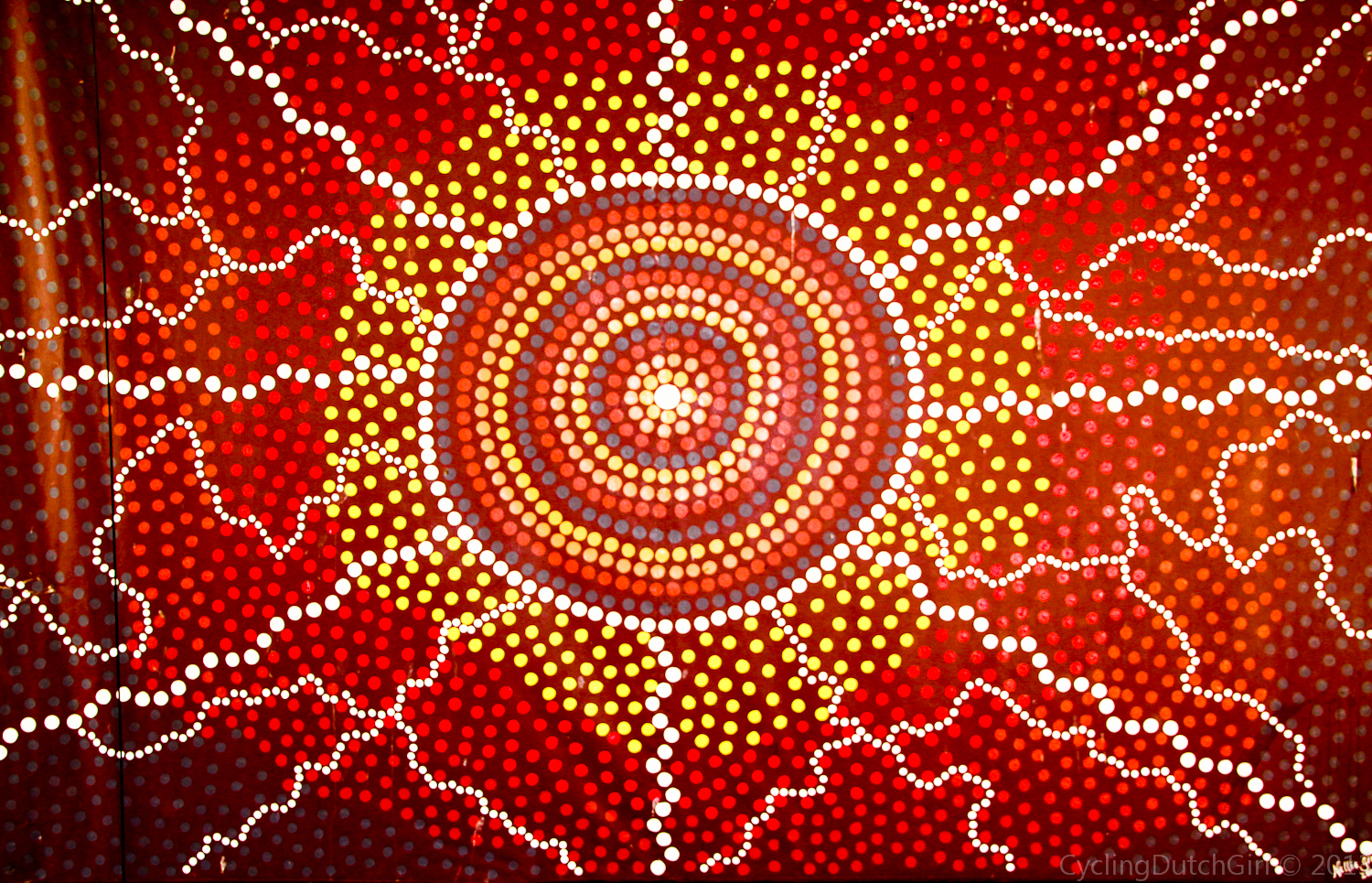
ART & ARTISTS Australian Aboriginal painting
Traditionally, symbols of the Dreamtime events were created on cave walls, carved into timber or stone, on the desert floor, and on their bodies with the use of body paint. Dreamtime art focuses on ancestors who travelled the land and created important sites in the landscape.

The Ingenious Styles of Australia's Aboriginal Art
This painting is titled Kangaroo, Rain, Flying Ant, Possum Dreaming. The bottom left of the painting shows the kangaroo tracks around a campfire (white circle). The smoke (white line) rises from the fire into the sky creating rain clouds (purple sky with symbols for rain).
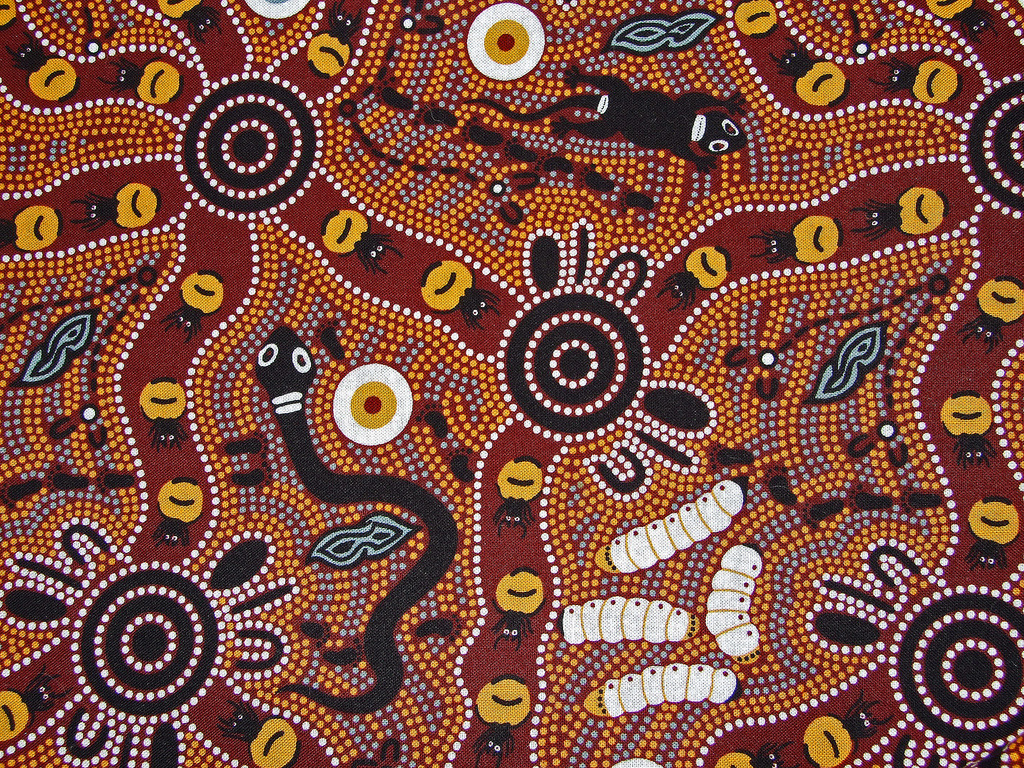
Aboriginal Art Kapunda HighArt and Design
A 5-step guide for beginners includes: Researching the symbols and meanings. Practicing the strokes and forms. Understanding the significance of color. Incorporating traditional elements such as dotting and crosshatching. Seeking permission or guidance from an Aboriginal artist.
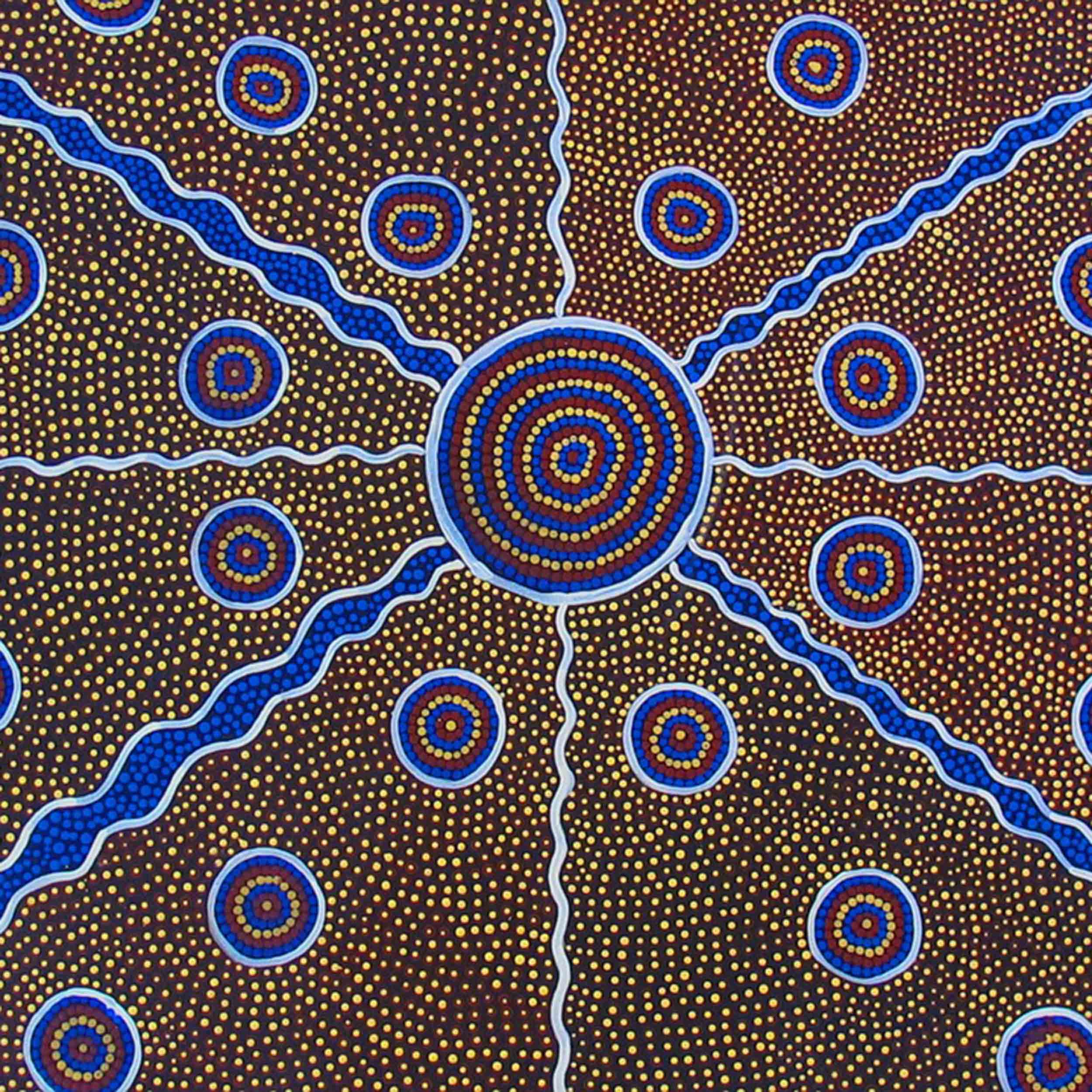
aboriginalart
Aboriginal artists often imbue their works with meaning by including details about their culture's belief systems, rituals, and traditions. Some common symbols include those found in nature such as animals such as kangaroos or birds, celestial bodies like the Sun or Moon or circles representing community and unity.. Pro Tip: Understanding an artist's unique story is crucial to appreciate.
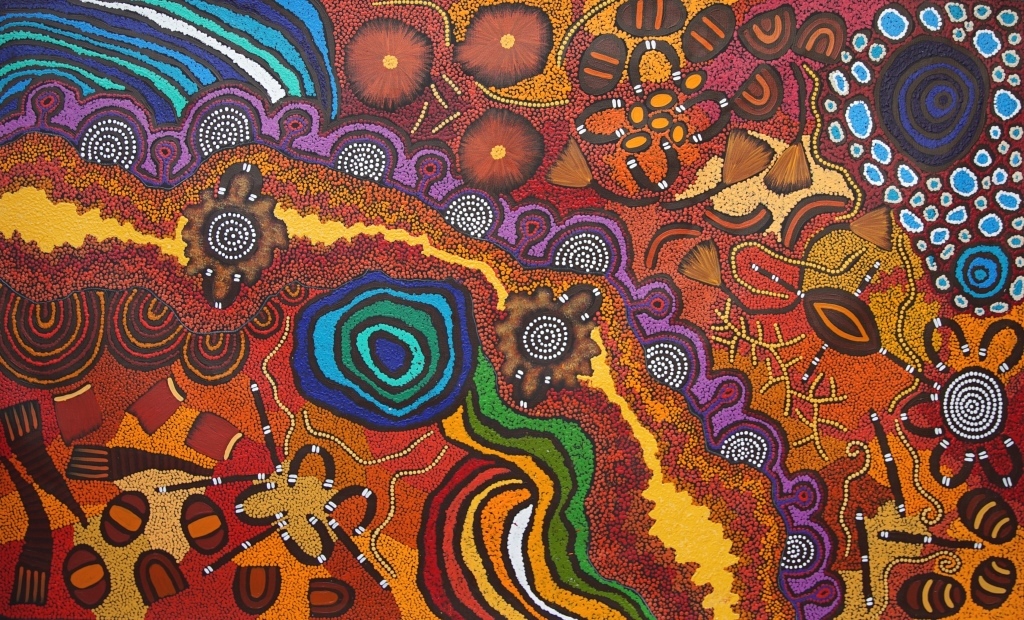
Australian Aboriginal Art Symbols & Meanings Japingka Gallery
Symbols, used through Aboriginal art, have survived for over thousands of years across a range of mediums, including through use in rock paintings and engravings, and Aboriginal art continues to be one of the oldest art forms practiced today. There are many ways children can use symbols in activities. For example, you could use.

aboriginal art 3 Aboriginal art australian, Aboriginal art, Aboriginal art animals
Aboriginal dot painting is a traditional art form that has been passed down through generations of Indigenous Australians. It is a unique way of storytelling that uses symbols and patterns to convey important cultural and spiritual messages. The dots themselves often represent elements of nature, such as stars, waterholes, or animals, and are used to create intricate and mesmerizing designs.
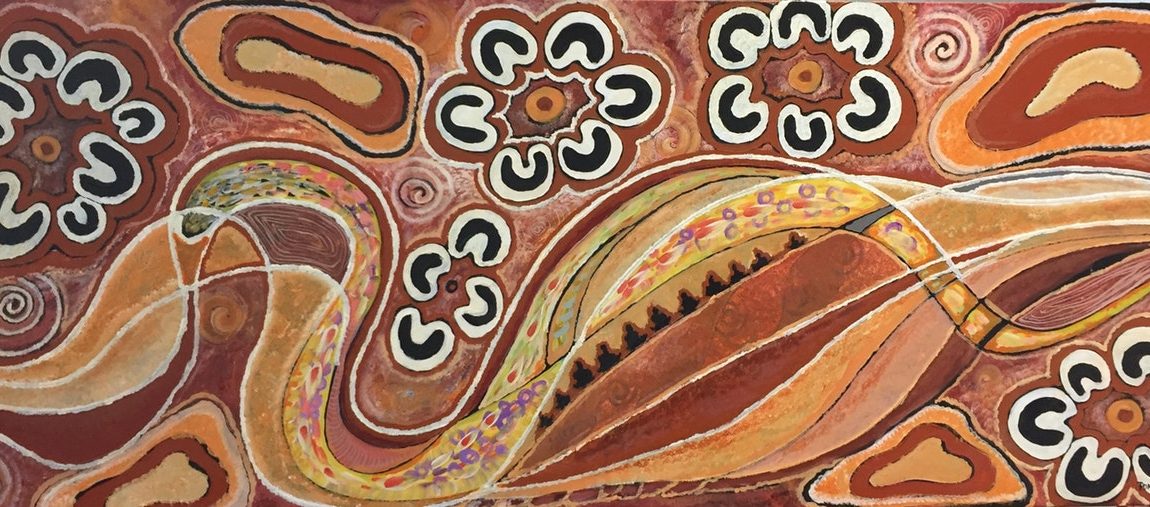
10 of the Most Common Aboriginal Art Symbols Bluethumb Art Gallery
Aboriginal Symbols Bush Food Bush Banana Wild Passionfruit Bush Medicine Landscape and Country Rain and Water Tools and Weapons Wildlife Emu Goanna Honey Ant Kangaroo Thorny Devil Witchetty Grub Destinations New South Wales Blue Mountains Blue Mountains Botanic Garden